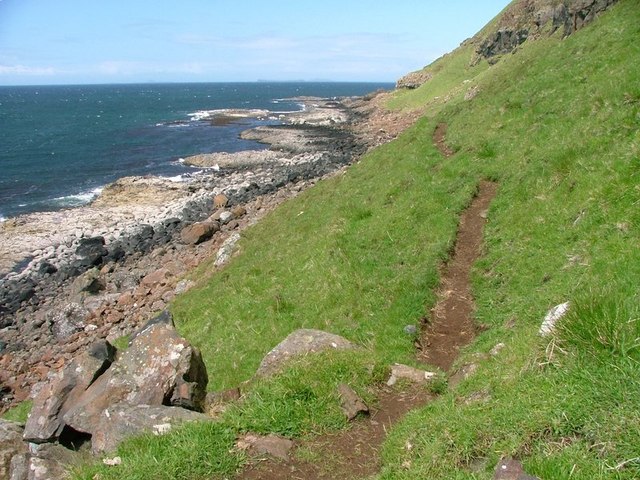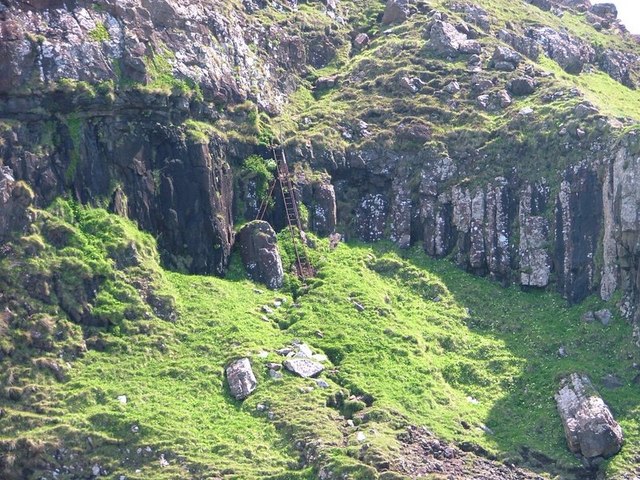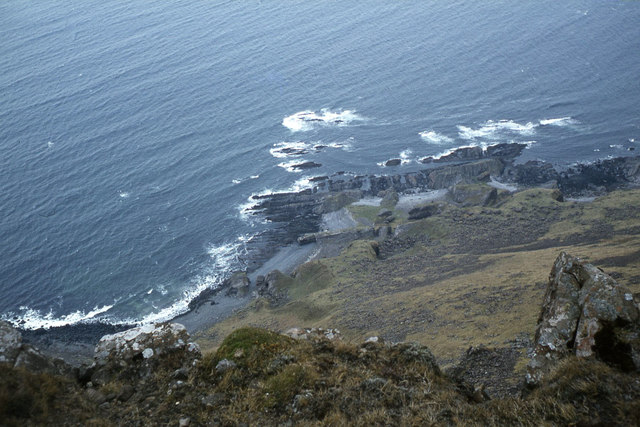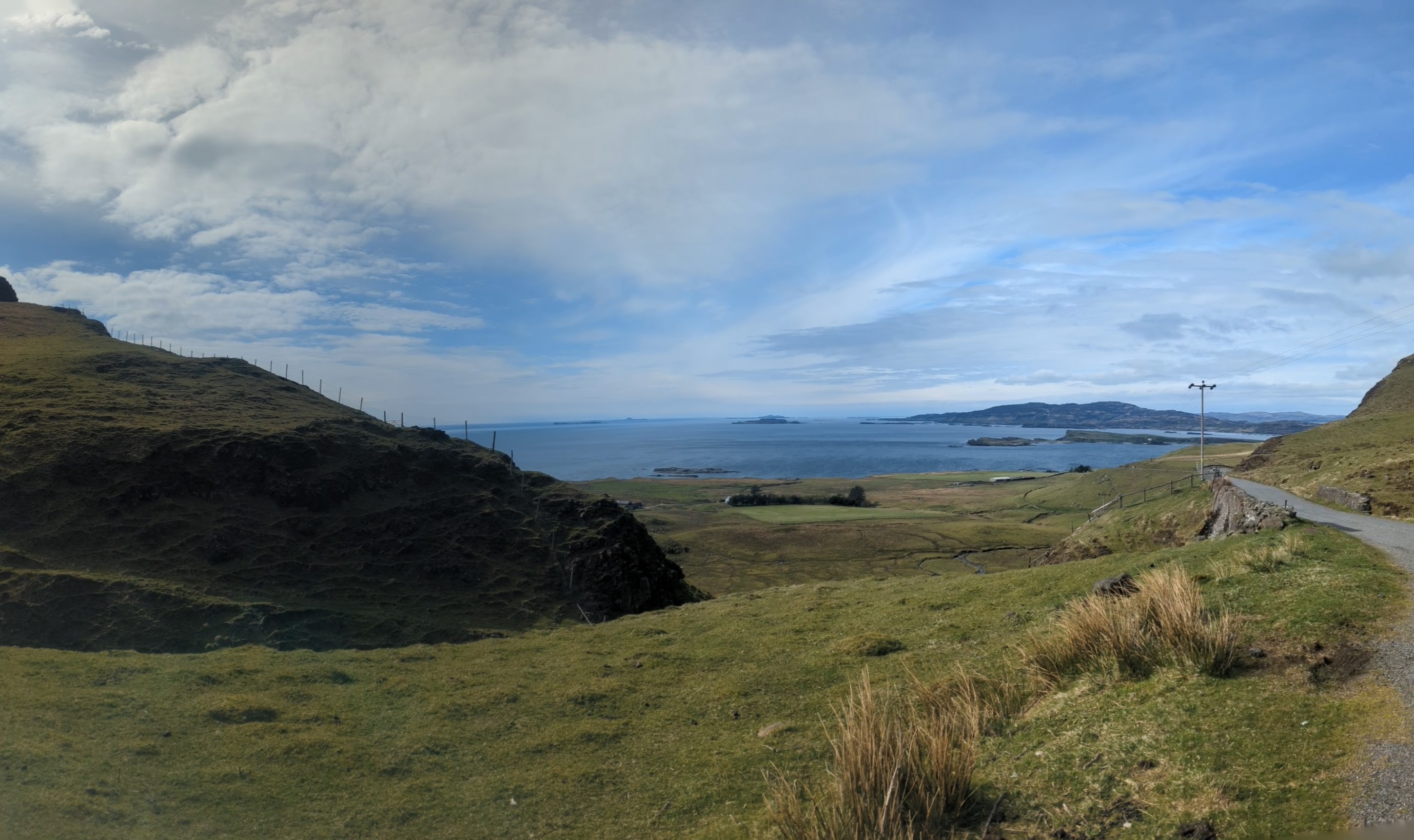Bidein na h-Iolaire
Cliff, Slope in Argyllshire
Scotland
Bidein na h-Iolaire

Bidein na h-Iolaire, also known as the Eagle's Peak, is a prominent cliff located in Argyllshire, Scotland. Situated in the region of Argyll and Bute, this steep slope is a popular natural landmark that attracts visitors from all over the world.
Rising dramatically from the surrounding landscape, Bidein na h-Iolaire stands at an impressive height of approximately 966 meters (3,169 feet). The cliff offers breathtaking views of the surrounding areas, including nearby lochs, mountains, and the vast Atlantic Ocean. The rugged and rocky terrain of the cliff is a testament to the geological history of the area, showcasing layers of ancient rock formations.
The name "Bidein na h-Iolaire" translates to "Peak of the Eagle" in Gaelic, which is inspired by the frequent sightings of majestic golden eagles in the vicinity. These birds of prey are often seen soaring above the cliff, adding to the natural beauty and allure of the location.
Access to Bidein na h-Iolaire can be challenging due to its remote location. Hikers and climbers who are experienced and well-prepared can embark on a challenging and rewarding journey to reach the summit. The ascent involves traversing rocky slopes and steep gradients, requiring physical fitness and proper equipment.
Bidein na h-Iolaire is not only a haven for outdoor enthusiasts, but also a site of cultural and historical significance. It has played a role in local folklore and legends, adding an element of mystique to its already captivating presence.
If you have any feedback on the listing, please let us know in the comments section below.
Bidein na h-Iolaire Images
Images are sourced within 2km of 56.376238/-6.2032652 or Grid Reference NM4028. Thanks to Geograph Open Source API. All images are credited.


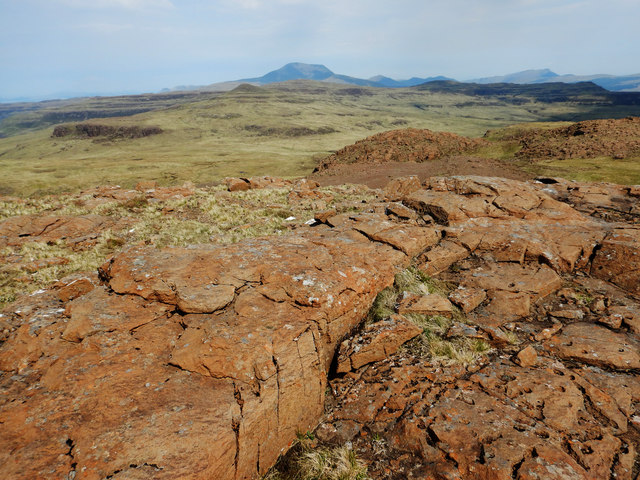



Bidein na h-Iolaire is located at Grid Ref: NM4028 (Lat: 56.376238, Lng: -6.2032652)
Unitary Authority: Argyll and Bute
Police Authority: Argyll and West Dunbartonshire
What 3 Words
///matchbox.sting.suspend. Near Fionnphort, Argyll & Bute
Nearby Locations
Related Wikis
Knockan
Knockan (Scottish Gaelic: An Cnocan) is a township of six crofts in the community of Ardtun, in the south of the Isle of Mull off the west coast of Scotland...
Ardtun
Ardtun (Scottish Gaelic: Àird Tunna) is a settlement on the Isle of Mull, in Argyll and Bute, Scotland. Ardtun is within the parish of Kilfinichen and...
Ardmeanach
Ardmeanach (Scottish Gaelic: Ard Meanach) is a peninsula on the Isle of Mull. It is the middle one out of three westward-facing peninsulas on the island...
Camas Tuath
Camas Tuath (Scottish Gaelic: north bay) is an inlet bay on the Ross of Mull. The bay has two small tidal islands and two Quarrymans' Cottages which the...
Have you been to Bidein na h-Iolaire?
Leave your review of Bidein na h-Iolaire below (or comments, questions and feedback).
